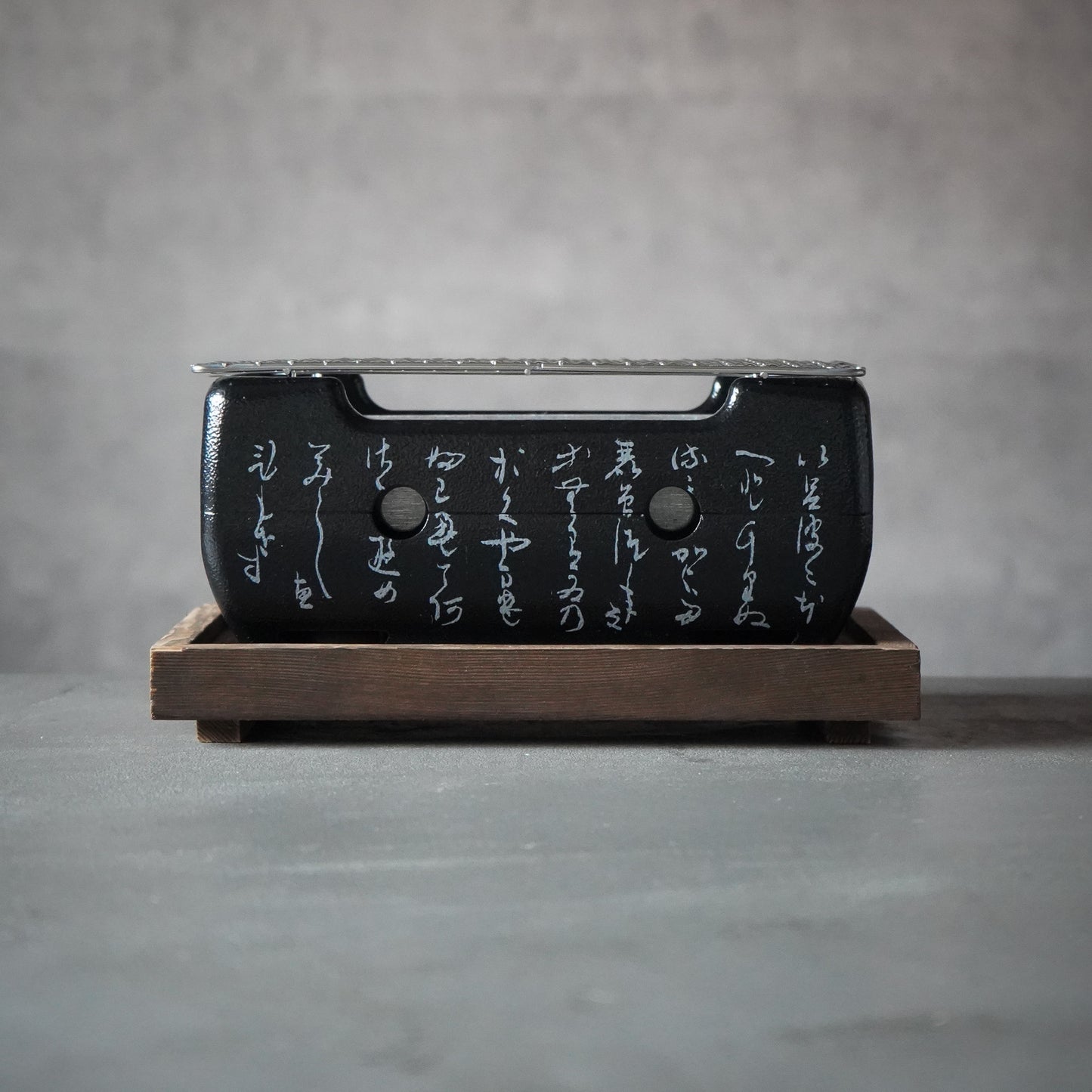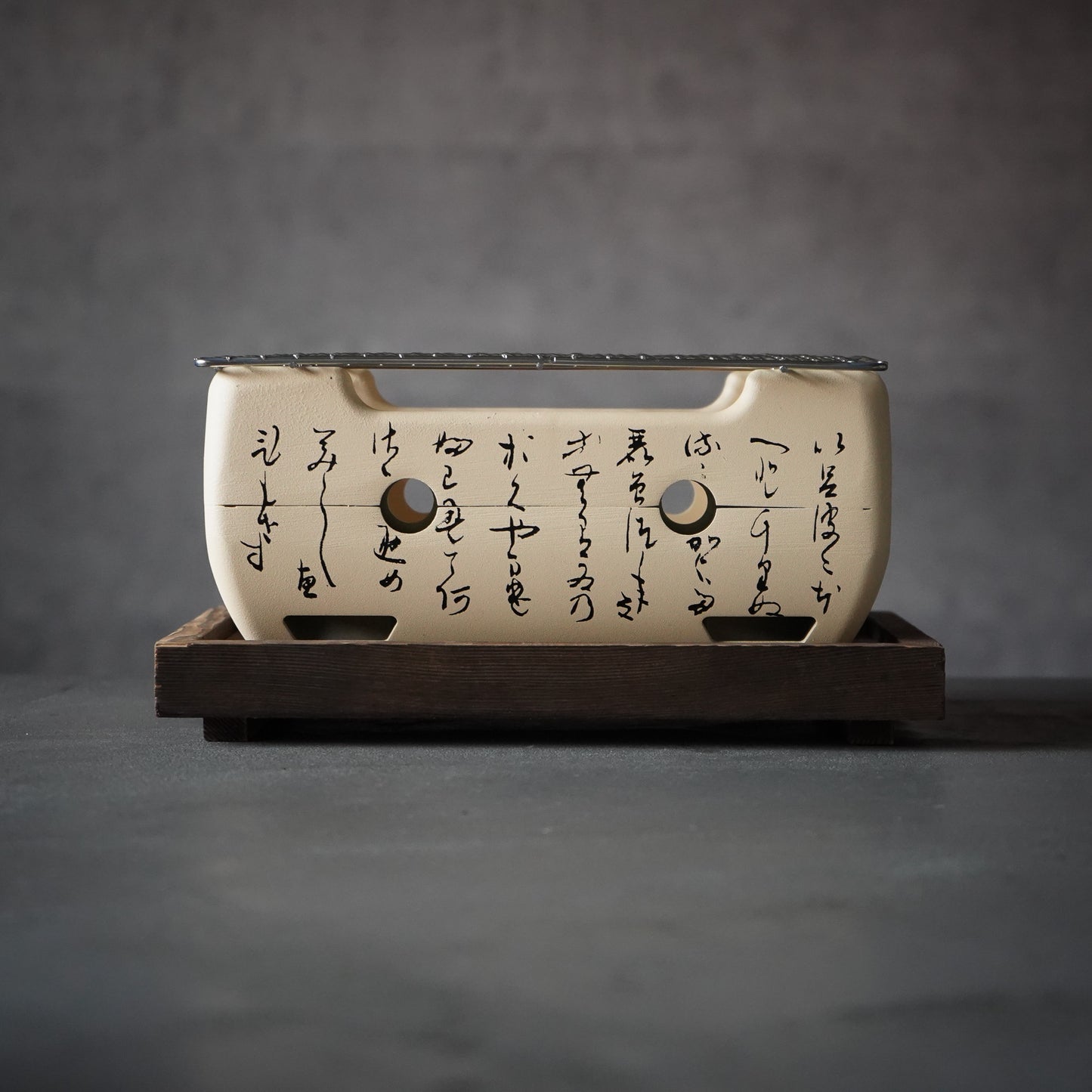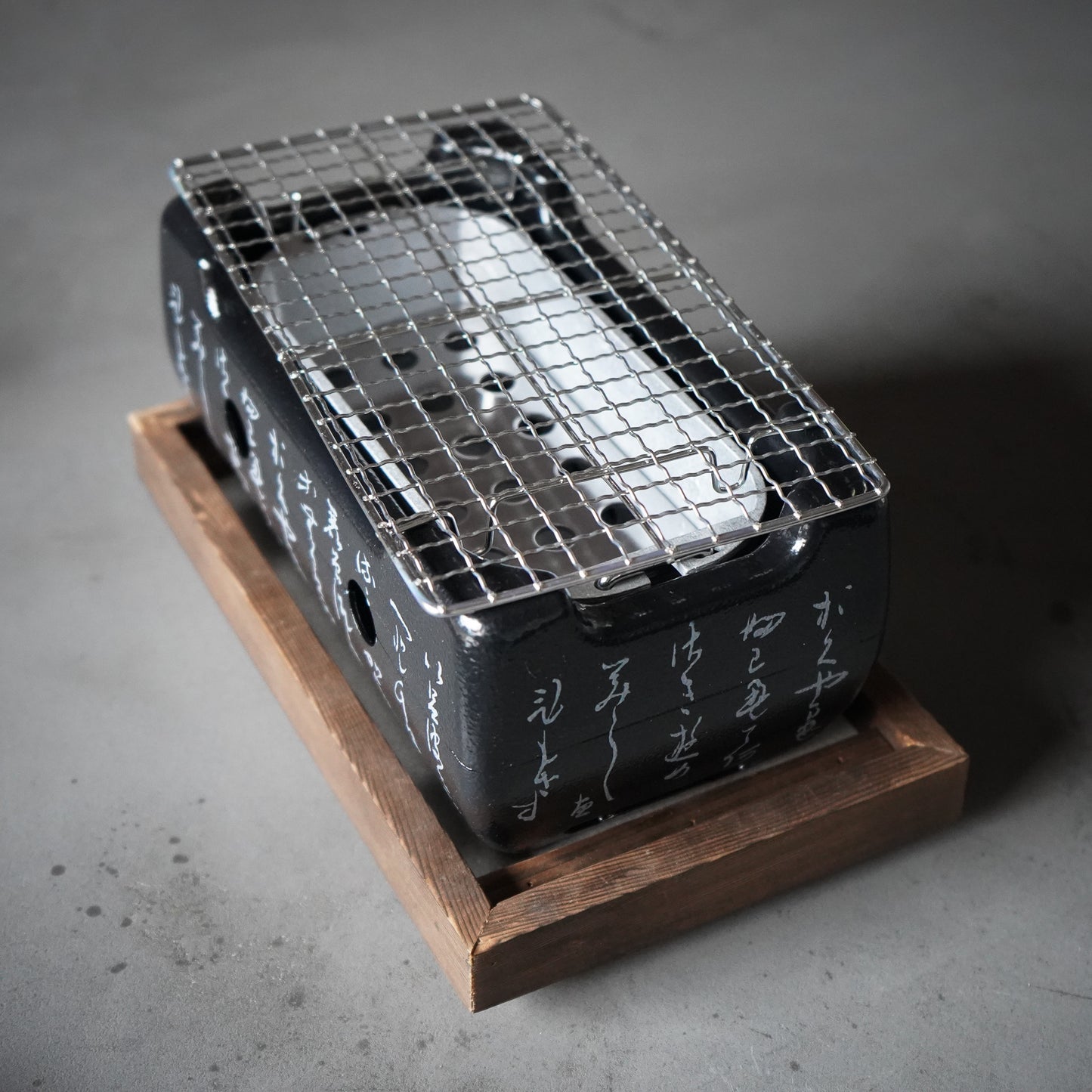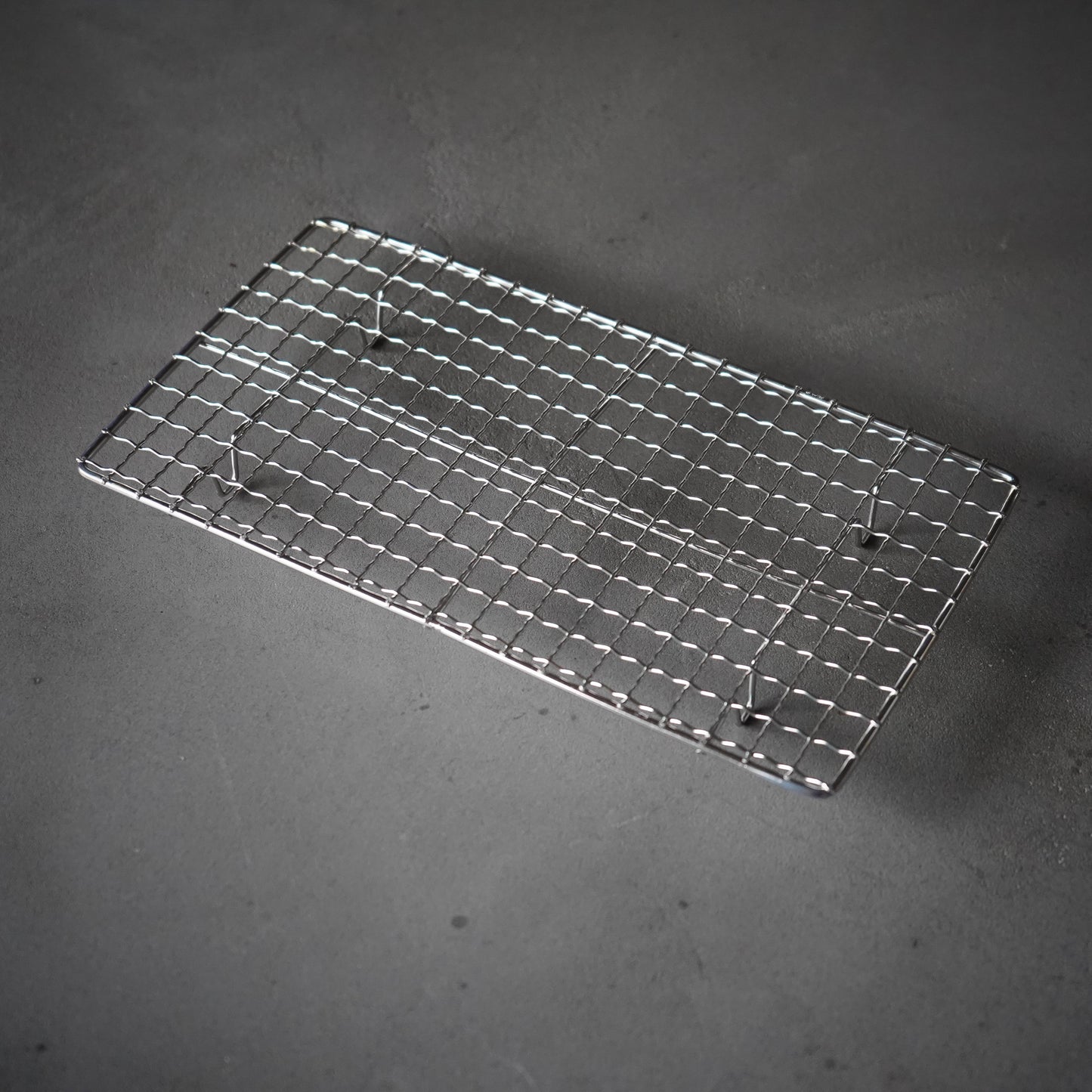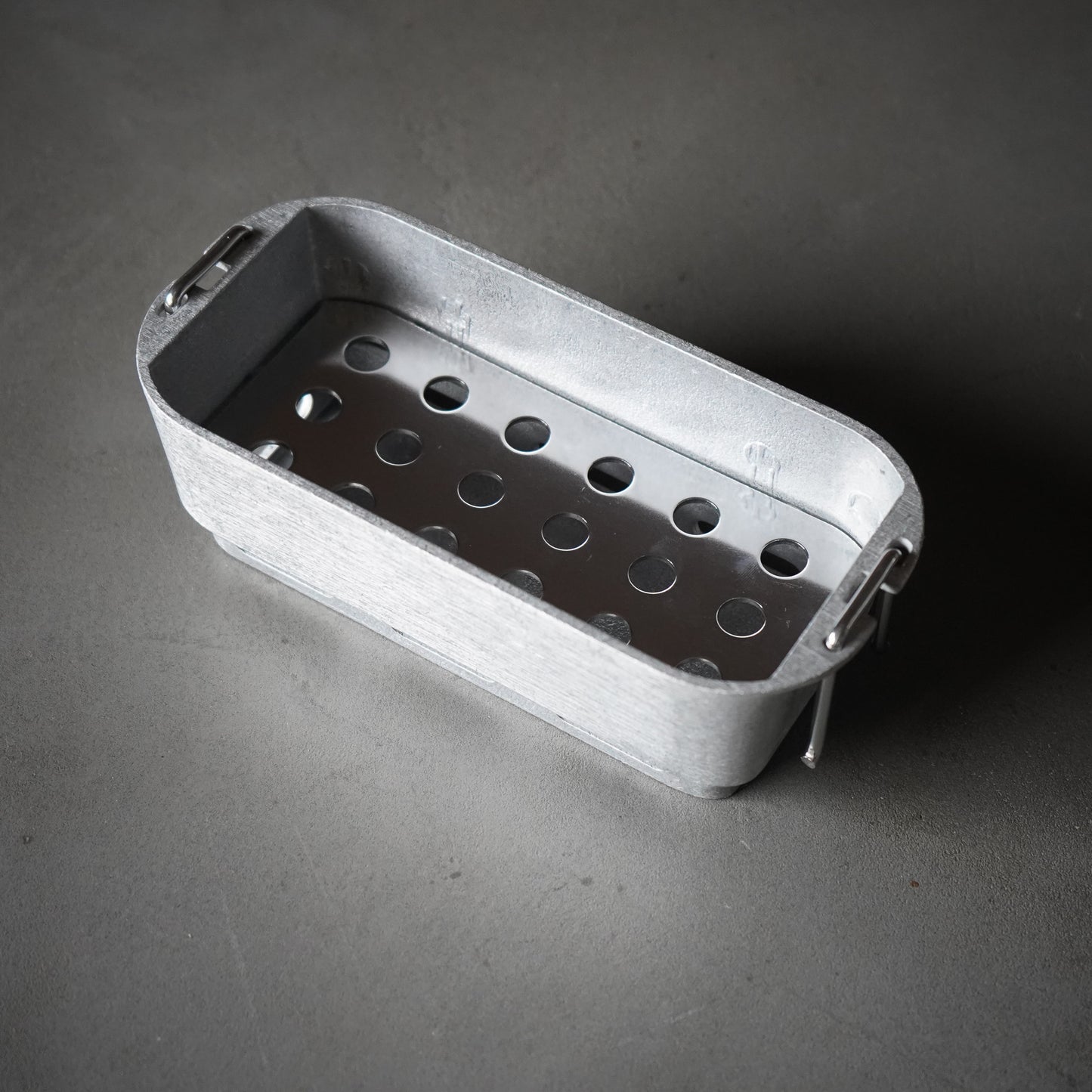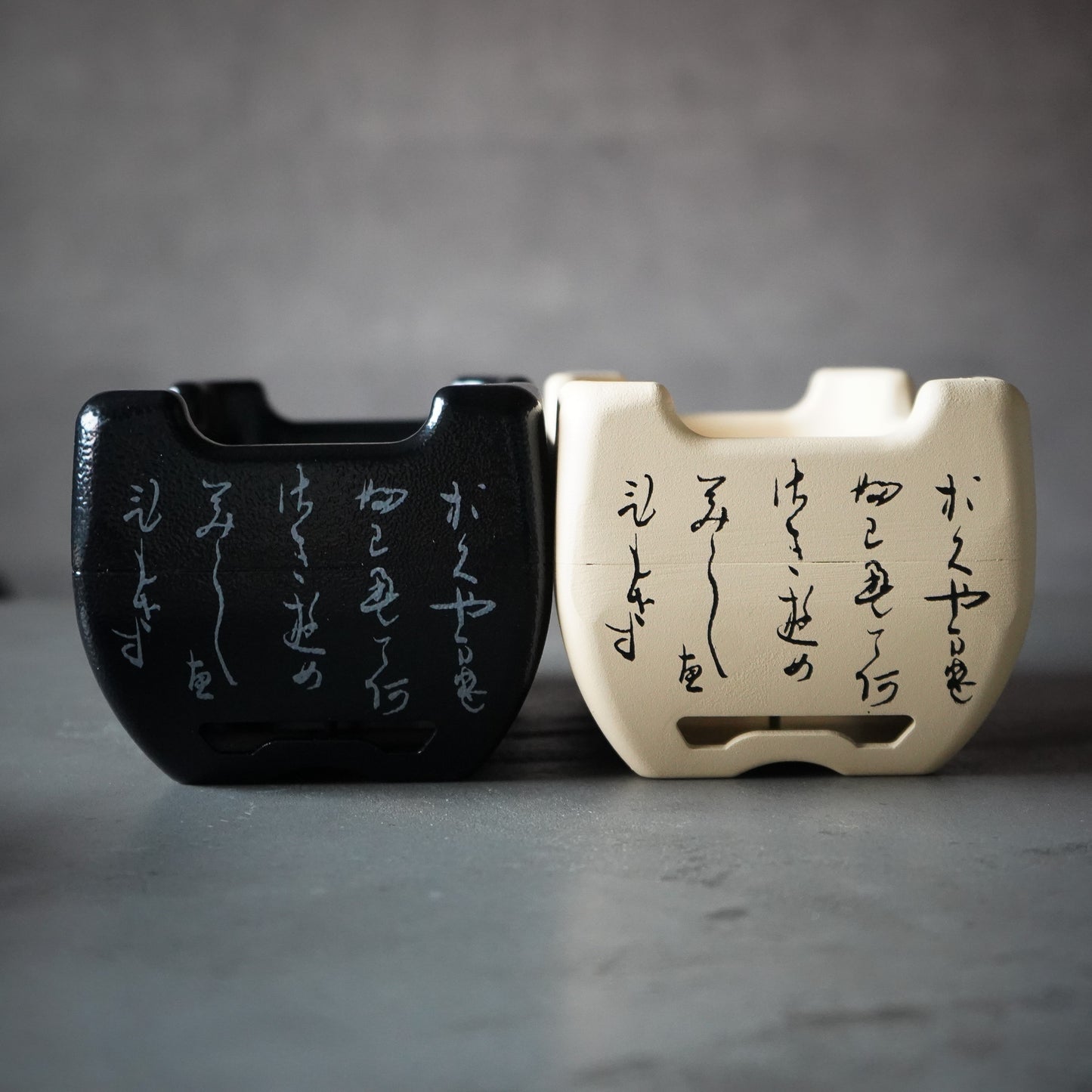
Learn about the origins of "Doyo no Ushi no Hi" and how to enjoy charcoal-grilled unagi kabayaki at home.
During Japan’s hot and humid summer, one traditional dish stands out as both delicious and energizing: unagi kabayaki—grilled freshwater eel glazed in a sweet-savory sauce.
While it's now a popular seasonal dish in Japan, the connection between unagi and summer actually has a fascinating backstory rooted in Edo-era marketing!
Why Do the Japanese Eat Unagi in Summer?
Traditionally, unagi (eel) is considered to be at its best in winter, when the fish fattens up and becomes richer in flavor.
But back in the Edo period, eel sellers were struggling to sell unagi in the summer when the fish appeared leaner.
Enter Gennai Hiraga, a well-known scholar and inventor. He came up with a clever idea:
Promote unagi as a food to eat on "Doyo no Ushi no Hi", a specific day in midsummer tied to the lunar calendar.
There was already a folk belief that eating foods that start with “u” (like unagi) would help beat the summer heat—so it worked brilliantly.
Thanks to this campaign, unagi became a summer staple in Japan. And thanks to modern aquaculture, we can now enjoy delicious, fatty eel all year round.

Buying Unagi: What to Look For
In Japan, supermarkets commonly sell pre-grilled, pre-sauced unagi kabayaki that can be simply reheated at home—a convenient option for busy days.
But for those who want to enjoy the full experience, we recommend getting raw, butterflied unagi and grilling it yourself.
If possible, choose eel with the head and bones still attached—they can be used to make a deeply flavorful sauce from scratch.

East vs. West: Two Styles of Grilled Unagi
Unagi preparation in Japan is largely divided into two regional styles:
Kanto Style (Tokyo and eastern Japan)
・The eel is split along the back
・It's grilled once, then steamed, and finally grilled again with sauce
・The result is tender, fluffy texture with a clean, delicate taste
・This method is believed to have originated in samurai culture, where cutting the belly was considered inauspicious (due to its association with seppuku)
Kansai Style (Osaka and western Japan)
・The eel is split along the belly
・It's grilled directly over charcoal, without steaming
・The skin becomes crispy while the inside stays juicy
・This reflects the merchant culture of the Kansai region, where “opening one’s belly” (i.e., being open and honest) is viewed positively
For this recipe, we're using the Kansai-style method—grilling raw eel directly over charcoal without steaming.
Enjoy the power of charcoal fire with Iroha stove
The stove we used this time was Mine's "Iroha Cooker" .
This tabletop-sized, easy-to-use cooking implement allows you to enjoy authentic charcoal grilling at home.
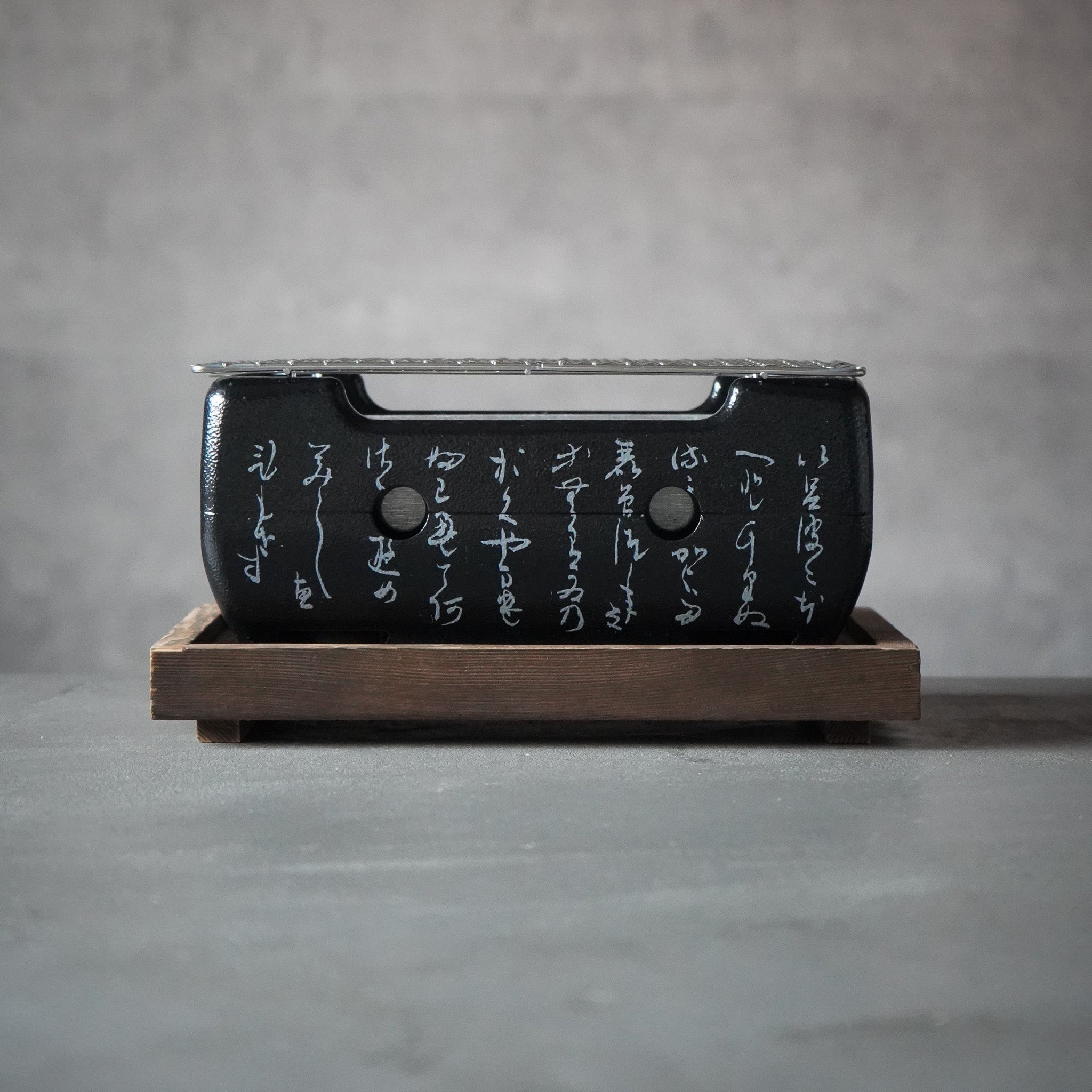
Mine Iroha Stove
▶︎ Product page hereThe far infrared rays of the charcoal fire make the eel skin crisp and fragrant, while the meat is plump and juicy. The unique flavor of charcoal fire is something you won't find in commercially available kabayaki.
Making Homemade Unagi Sauce
Store-bought sauces are convenient, but if you're using raw eel with the head and bones, you can make your own rich tare sauce.
1.Lightly roast the eel head and bones until browned
2.Simmer them in water to extract flavor
3.Add soy sauce, mirin, and sugar, and reduce until thick and glossy
The result is a deep, complex sauce that pairs perfectly with freshly grilled eel.
In Summary
Unagi is more than just a tasty meal—it’s a dish steeped in cultural tradition and culinary technique.
Whether you’re in Japan or abroad, grilling your own unagi kabayaki over charcoal is a rewarding way to connect with this seasonal favorite.
This summer, why not bring a bit of Japanese tradition to your table with charcoal-grilled unagi?

